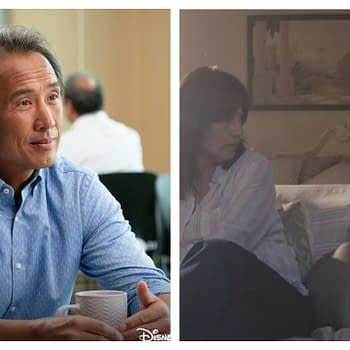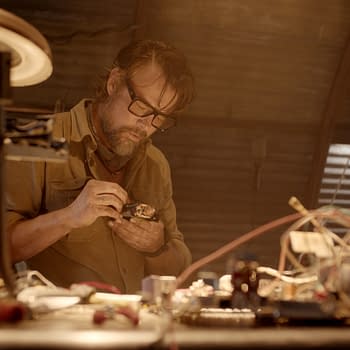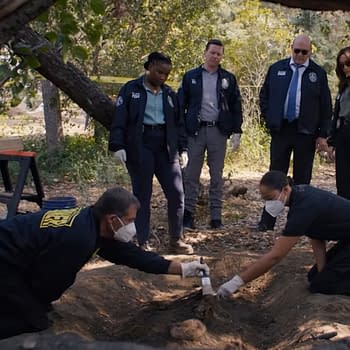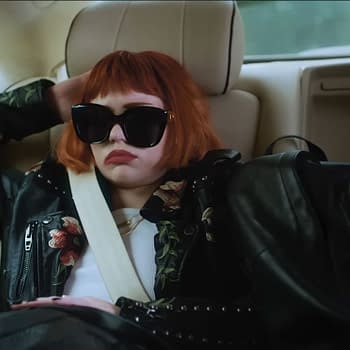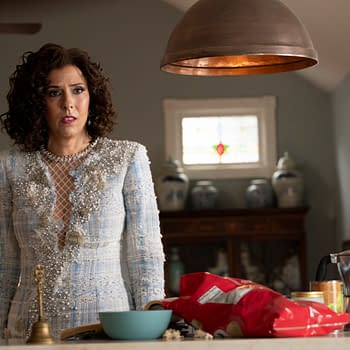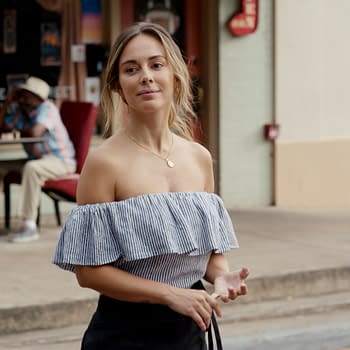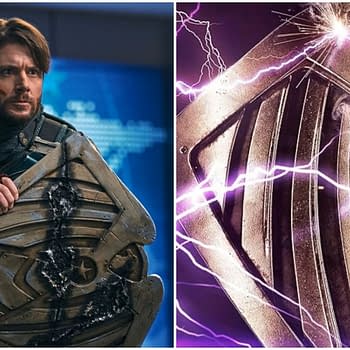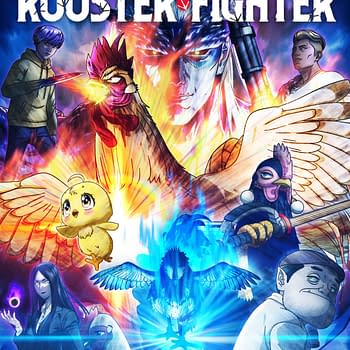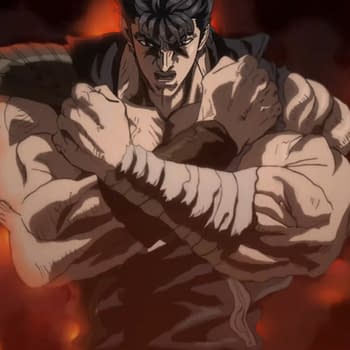Posted in: HBO, TV | Tagged: Bella Ramsey, HBO, John Paino, Murray Bartlett, nick offerman, Pedro Pascal, the last of us
The Last of Us Production Designer on Expanding World for HBO Series
Production designer John Paino discusses expanding the template set by the Sony & Naughty Dog game for HBO's The Last of Us adaptation.
John Paino has had a robust career as a production designer for over 35 years. While the bulk of his work is grounded with memorable films like 2013's Dallas Buyers Club and 2014's Kill the Messenger and TV series like AppleTV+'s The Morning Show and HBO's Big Little Lies, he's probably encountered one his most ambitious in HBO's The Last of Us, the TV adaptation of the Sony & Naughty Dog franchise. Paino spoke to Bleeding Cool about bringing creators Craig Mazin and franchise visionary Neil Druckmann's universe to life. The series focuses on two survivors, Joel (Pedro Pascal) and Ellie (Bella Ramsey), as they navigate across the United States ravaged by the Cordyceps fungal pandemic.
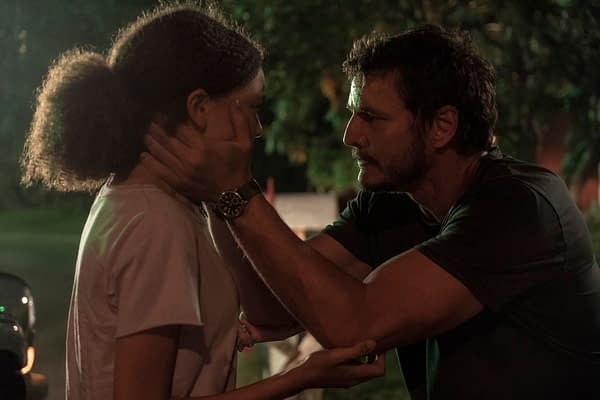
The Last of Us: From Game Franchise to TV Phenomenon
Bleeding Cool: What intrigued you about 'The Last of Us?'
Paino: The opportunity to build an entire world was intriguing. I played the game a little bit, and I always admired Neil's concept art for it. It looked like concept art for a film. It was also a slice of life and realistic. It wasn't fantasy-driven. All those things were certainly appealing.
There are some dramatic differences and overlap between the games and the show, and there's some overlap. What went into the process, including what from the games would be retained, what would be cut, and the creation of new areas original for the show?
We built a lot of the interiors, but they're still different from the game. There are certainly references to the game more in the cinematography in the way the shots were. As far as the environments and how those exactly were put together, there were much more organically evolved in our approach. We're building the Quarantine Zone (QZ), and we're not copying it exactly because we're making it for each director's vision of what I feel should be emphasized. We're hitting spots. We've got Easter eggs, but there are also things added, like the boy that wanders up to the QZ [in episode one].
I pitched the idea to set that in an old Italian pastry shop as their lots of those in the south side of Boston in that neighborhood. That was something. "That's a great idea. Let's go with that." There was a lot of that, but there are certain things, like in Bill's town, that evolved differently than what it is in the game. The game is more about the booby traps and things. Craig and Neil wanted to develop the characters more, not just chase things are shooting at people or infected. We can open up that world and collaborate on it. That means making Bill's house, not a bunker. Let's make the house. Also, making it real means adding things that the game doesn't have to because it was following a path. Sometimes we're outside that path and get little moments and things.
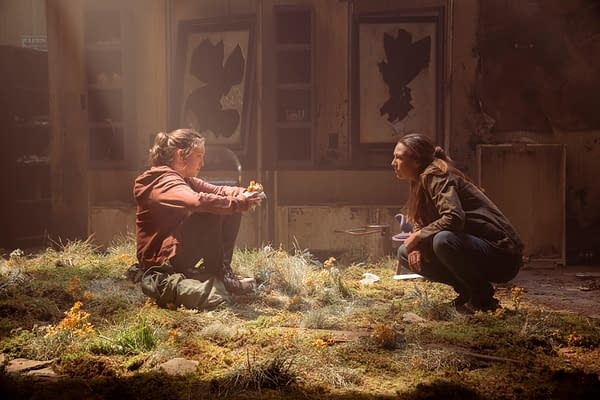
At the heart, you did more, especially in the early episodes, of establishing a world before and early on in the apocalypse. You established more of Joel's world but not as much of Ellie's. How do you contrast how the two leads start?
One of the main themes for fleshing that out is to establish how different the world was and what Ellie will never experience through color. In [Joel's world], we had electricity and color. When they flee to the small Texas town that they go to, I wanted to make sure we had a lot of neon and all these colors like purples and reds that we wouldn't we're not going to see those ever again in the future. There are moments of the show where we see through Ellie's eyes of what the world used to be like. The emphasis with Joel, Sarah's, and Tommy's life was just a set like an amber gold, really wonderful life they had. There were colors, and everything was desiccated with any dressing and things like that. We wanted to punch the colors up.
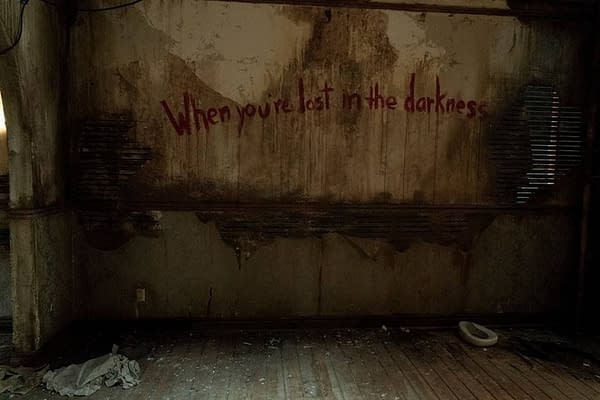
With such a vast variety of apocalyptic content out there and plans to retell the story of the two 'The Last of Us' games for TV, were there bullet points you wanted to establish for the series, and did you feel you achieved those goals?
When I met with Craig, I put together collages of pictures for discussion, as I always do with my projects. There were mostly real-world references, desiccated places, and a lot of different things…the landscape of America. I included pictures from this book that I loved of a street photographer who just went around Hong Kong taking pictures of chairs that people had dragged out into the street and were broken down. People then rebuilt them. You'd see a folding metal folding chair, the leg was broken, and someone gaffer's taped onto a wooden chair leg when he put a safety cone for the back of it because it was broken and rusted in the seat. It also had a newspaper seat.
Craig zeroed in on it, and he said, "That's our game." We had what I would call a "bullet point," That's not only a metaphor, but that's how we want the game to feel. It is built but has broken down over 20 years. That, in a nutshell, would be more than one of those things among others we decided on. We never had discussions about what we didn't want it to look like. We had the game, and we had to do what wasn't in the game.
The third thing, which is a big part of designing, is "What do we have to work with?" We built almost everything we did. In the distance where you see two buildings collapsed; we didn't build that. When people are walking down a street, or they're walking through ruins, most of the ruins were built completely. If we're walking down a street in Edmonton and we dressed as to be like Kansas City or something like that, we're dressing the street completely, and we're dressing 20 feet up on the buildings around it.
Everything is built, and the VFX is for the vistas and the fill-ins in a typical set of stages, but we're not walking through a green screen. Craig and Neil never wanted that. They want people to climb, right? They want the pathways in the game. They're not exact because, again… we might go to a place and a director or Craig or Neil say, "I want to embrace that, I want to do something that, or I like that picture that you presented of an overpass with asphalt when they're escaping from the QZ. That's something we would build because first, Canada didn't have any waste areas to take advantage of, and second, there's actors' safety. Third, there are things we want to build in to make the lighting look like it's not lit theatrically. That was also the practical mechanics of stunts, looks, all those things, and happy accidents were also a big part of the design process. That affected the show, too, and kept it from being a carbon copy. Again, certain shots are very much like the game because the game is a good thing.
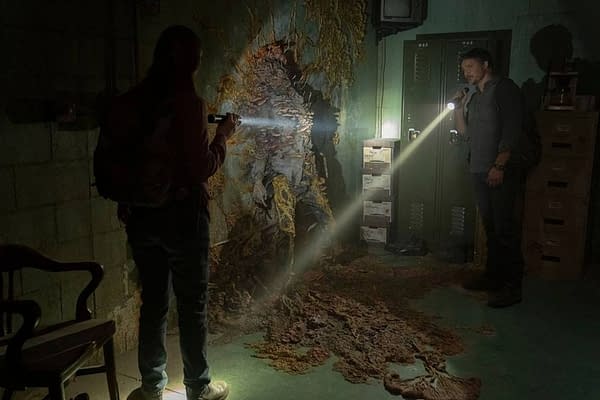
Can you break down the dramatic change of narrative with Bill and Frank from the game into the series episode "Long, Long Time?"
When I read that episode script, it was one of the best I've ever read. It was amazing. The emphasis here is to make this a pristine town. It's not so much about the booby traps or things like that. It's developing the idea that Bill (Nick Offerman) is keeping this hermetically sealed area. I wanted to make sure it almost felt like a museum. I don't know if you've been to small towns in Boston where there's one stoplight, a Civil War statue, a couple of houses, and maybe a shop or two. That's what Craig was thinking about in placing this and expanding on this guy's world. We wanted to make sure that he kept everything as they do in those towns, almost like a museum. Everything is kept white and clean.
This is a juxtaposition to the rest of what's going on, which was a great thing. I went out of my way to make sure, as you see in these towns, a little sign that says, "George Proctor built this in 1765." It's that old with things like that and historic markers. There are a lot of iconographies there about America that no longer exist in history. It's like a Glass Menagerie, which was part of the development of the character of Bill and the fact that he barely lived on the upper floors where his mother was. We decided that was his mother's house, and he lived there with his mom and closeted. The upper floors were, again, kept like a museum, almost like a federal period. If you ever went to Williamsburg, Virginia, into a federal period house, or Washington, D.C., we wanted it to feel like that. Bill's world was in the bunker and maybe in his bedroom. Those were some of the things that we developed, helped develop and flesh out Bill and Frank's characters.
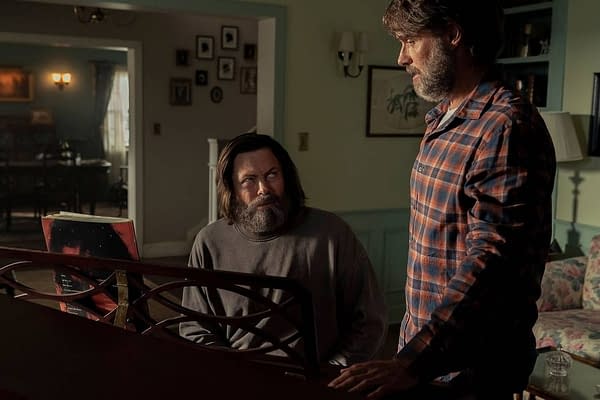
How do you compare a project like this to others? Do you feel this is your most ambitious one?
I did two seasons of 'The Leftovers,' which was a gigantic show set in Australia and New York. This had a lot more buildings because of the nature of people. 'The Leftovers' takes place in environments that don't need to be natural, more natural, and certainly not desiccated as much. This was the biggest show I had ever done as far as building. I think we had 180 locations and 90-plus built sets. We built the QZ in episode one. We built Bill's Town completely from scratch, and we also built an upcoming of the Whole Neighborhood for an upcoming episode. This was big [laughs]. I knew it would be, and that was why I was hoping to get the job on the show because it's a big challenge and a great world already set up.
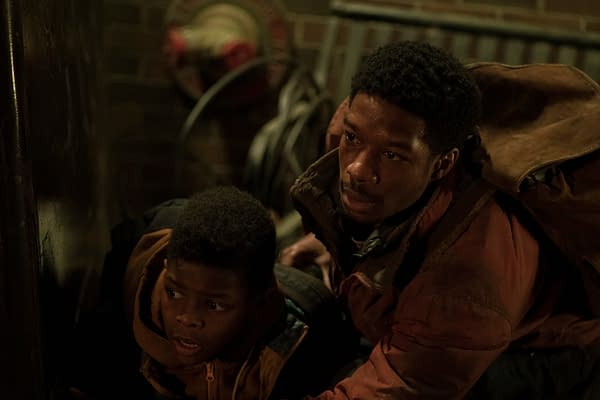
New episodes of The Last of Us air Sundays on HBO.






